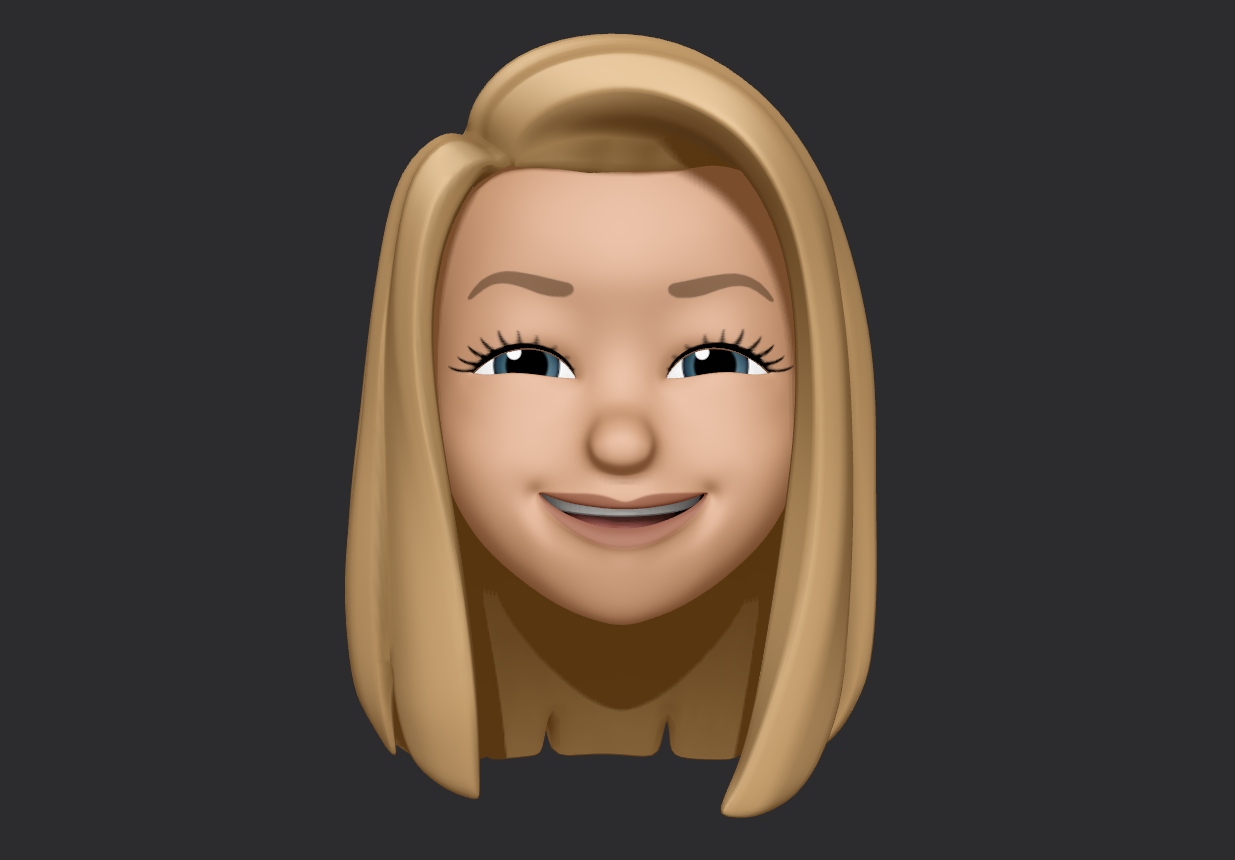How Can a Graph Data Fabric Help Commercial Businesses Optimize Performance?
A data fabric has numerous definitions, but at Equitus, we define a data fabric as an architecture and set of data services that provide consistent capabilities across a choice of endpoints spanning hybrid multi-cloud environments. It is an architecture that standardizes data management practices and practicalities across cloud, on premises, and edge devices.
In today’s world, especially national security organizations, each technical capability is led by its own application development team, and each team chooses their own approach to storing and retrieving data to support the project to which they are assigned. The resulting distribution of data into separate silos is one of the major challenges facing organizations today. Getting data to the right application at the right time and in the right way isn’t an easy problem to address, unless you employ a true data fabric, and separate the effort to connect data from the effort to populate tools and screens. This is why it is important to have a data fabric.
There are three major components to build a data fabric:
1. Data Store (RDBMS or Graph): This is where data is stored. In a graph database, relationships are stored at the individual record level, while a relational database uses predefined structures, a.k.a. table definitions.
2. Data Fabric Service(s): This is a series of analytics and services that supervise the data stored and perform computations across the data stored while managing the flow of information in and out of the data store.
3. Data Interface Ecosystem: Separate and distinct from your user applications, the Ecosystem is the means through which data flows from its non-fabric native state (legacy location/format) to the Data Fabric Service. This can include APIs and ETL processes, but also can include complete user suites that mimic legacy applications to control/maintain data integrity in conversion.
What is a Graph Data Fabric?
There are multiple different approaches to a Graph Data Fabric Solution, but at Equitus, we developed the Equitus5 OpenFabric, our newest flagship product. We chose to base our Data Fabric on graph for a variety of reasons, mainly because it graphs ability to dynamically adjust to nearly any data type without the need to systematically restructure the data ontology. Schema generation “on the fly” is the future, and RDBMS, which has advantages for limited data sets, quickly loses those advantages once records get into
billions and/or data types extend beyond a few dozen ontologies. The picture below shows the differences between the two.
Equitus OpenFabric is a true graph Open Data Fabric (ODF). Our ODF consists of several tightly integrated components allowing for the seamless ingestion, transformation, storage, querying, and analysis of data from any source, in any format. Additionally, the ODF is designed to cater to a wide range of use cases and skill levels, with a variety of entry points that span an audience ranging from first-time analysts to professional data scientists.
A core focus of the ODF is minimal-effort integration with legacy systems, with a particular emphasis on legacy databases; it is straightforward to migrate infrastructural elements of your current architecture to the ODF without upsetting user’s workflows and such migrations can be made piecewise, all at once, or on a continuous basis, depending on the needs of your environment.
We use a skipgram model to improve the clustering of standard words and their noisy variants (e.g., misspellings, phonetic-compressed spellings, or slang words). During training, we generate clusters of words where one or more of the characters is removed. This allows indirect relationships to be discovered in text where there are many variants (e.g., fighter-fihgter-fghter-fightr, etc.)
What our Commercial Clients need to know:
Our Commercial Clients can benefit from the use of all the Equitus Strategic Solutions:
- Equitus for Intelligence– Automated data and information aggregation at scale and speed. Equitus uses graph technology to maximize computational efficiency. Identifies key connections between individuals, groups, topics, and other variables of interest across INT sources. Visualize temporal chart data to identify overlaps and anomalies in event timelines.
- Equitus for Open-Source (OSINT)- Monitor hundreds of millions of distinct social sites: discover conversations on previously unknown sites. Track and analyze spikes and dips in topic interest. OSINT capabilities include scraping broad social media, messaging, and blogs.
- Equitus for Knowledge Management- Ingest unstructured, semi-structured, and structured data. View your data as a table, map, link chart, timeline, histogram, etc. Establish custom dictionaries and ontologies to derive intelligence from any situation.
- Equitus for Geospatial Intelligence- Upload specific maps, utilize specific icon sets, and view various overlays like countries or provinces.
- Equitus for Imagery and Video Analytics- Real-time alerts from live streaming video, forensic searching, behavioral analytics for video analytics, and advanced analysis tools.

Use Data Fabric for Smarter Business Management
A data fabric is a much-needed solution that is useful for business management and market research. This information is only useful if you know how to manage and control it.
When a data fabric is utilized, it integrates seamlessly into a single fully-functional offering. This gives us the ability to deploy a customized analytic environment in days instead of months.

Alyssa Mulder
Incoming third year student at the University of South Florida pursuing a Bachelors degree in Marketing and is the current Marketing Intern at Equitus.
